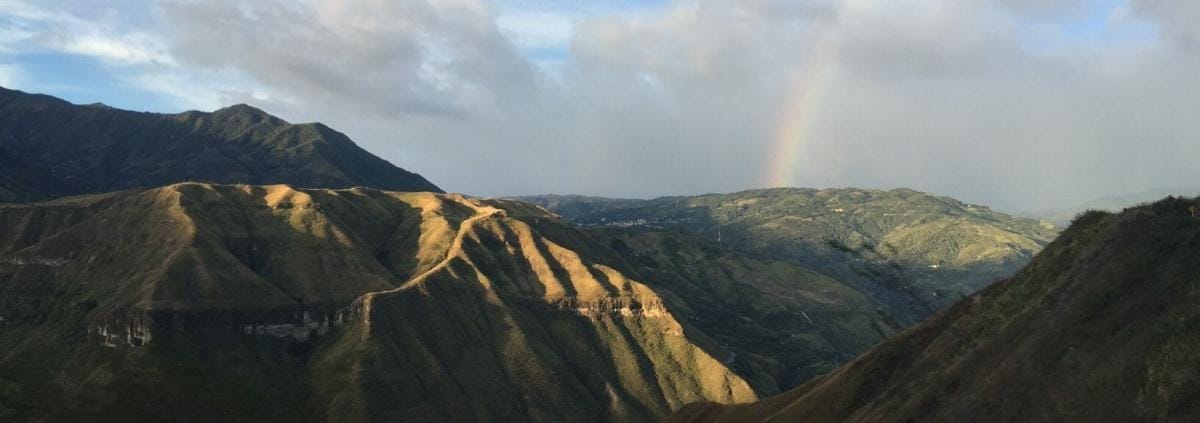No products in the cart.

Origin Profile: Brazil
Brazil is the world’s largest supplier of Arabica coffee. The coffee is a work-horse in most cafes for blending in espresso, house drip, or cold brew. The flavor profile is consistently clean and sweet with creamy, nutty, chocolatey flavors.
| Harvest | April – September |
| Arrival | January – December |
| Number of Producers | 287,000 |
| Average Farm Size | 7.5 Hectares |
| Annual Production Arabica & Robusta | 59.3 Million 60-Kilo Bags |
| Common Arabica Varieties | Caturra, Catuai, Obata, Mundo Novo, Bourbon |
| Cerrado | The Cerrado region is located within Minas Gerais, the largest coffee-producing state in the country. It has well-defined seasons that facilitate even flowering and ripening of cherries. The flat lands also make it ideal for mechanical harvesting which lowers the costs of production. The Cerrado region received Designation of Origin in 2013. It is nutty, sweet, and full bodied. |
| Mogiana | This region is located south of Cerrado, on the border of Minas Gerais and Sao Paulo. With a slightly less even terrain, coffee may be a slightly higher quality, and farms are slightly smaller. |
| *Data based on 2019/2020MY | |
Coffee production in Brazil was started by Francisco de Melo Palheta in the state of Para in 1727. French Guiana was unwilling to trade coffee seeds with the Portuguese in Brazil, but after successfully settling a border dispute, Palheta seduced the Governor's wife. Upon his departure, the wife gifted Palheta a bouquet of flowers with coffee seeds hidden inside.
Coffee spread from Para to Rio de Janeiro and as American and European demand increased, so too did Brazil's production. Coffee plantations grew in Minas Gerais, Sao Paolo, and Rio de Janeiro and vast numbers of enslaved people were brought into the country to work on them. By 1840, Brazil was the worlds largest producer of coffee.
When the foreign slave trade was outlawed in 1850 and slavery was abolished completely in 1888, the coffee industry nearly collapsed. At the time, Brazil's coffee economy was drawing attention from European investors and immigrants were migrating from Europe to make a new life in the country. These European immigrants, and freed slaves would be the backbone of Brazil's next coffee boom.
1880 to 1930 is a period in the political history of Brazil known as cafe com leite or coffee with milk. This refers to the dominance and power of the plantation owners over Brazillian politics at the time. Coffee plantations and dairy farms in Sao Paolo and Minas Gerais were growing rapidly with influx of migrants of Europe and Asia. As the industries continued to be subsidized and expand, over production and supply began to drive the prices lower. The government stepped in to buy the excess coffee for sale on the international market. Over the short term, this stabilized the price until the Great Depression decimated global coffee demand.
To combat falling prices, the IACA or Interamerican Coffee Agreement was signed between the United States and Latin American coffee producing countries during WWII. The agreement set export quotas on producers and import limitations on the United States, effectively stabilizing the price. This agreement would later become the ICA or International Coffee Agreement between global coffee producers and consumers which to stabilized the price. The agreement fell apart because of a growing demand for washed Arabica coffee which increased its value in the proposed new agreement of 1983. Brazil believed it did not need price protection under the ICA because it was a extremely efficient at producing large quantities of coffee. Unable to come to an agreement, the ICO suspended the quota system and since then, global prices and Brazil's market share have declined.
While other countries have invested heavily in quality and certified coffee, Brazil continues invest in increasing production. With increasing global supply, it is becoming increasingly more difficult for Brazil to maintain its dominance.
Coffee spread from Para to Rio de Janeiro and as American and European demand increased, so too did Brazil's production. Coffee plantations grew in Minas Gerais, Sao Paolo, and Rio de Janeiro and vast numbers of enslaved people were brought into the country to work on them. By 1840, Brazil was the worlds largest producer of coffee.
When the foreign slave trade was outlawed in 1850 and slavery was abolished completely in 1888, the coffee industry nearly collapsed. At the time, Brazil's coffee economy was drawing attention from European investors and immigrants were migrating from Europe to make a new life in the country. These European immigrants, and freed slaves would be the backbone of Brazil's next coffee boom.
1880 to 1930 is a period in the political history of Brazil known as cafe com leite or coffee with milk. This refers to the dominance and power of the plantation owners over Brazillian politics at the time. Coffee plantations and dairy farms in Sao Paolo and Minas Gerais were growing rapidly with influx of migrants of Europe and Asia. As the industries continued to be subsidized and expand, over production and supply began to drive the prices lower. The government stepped in to buy the excess coffee for sale on the international market. Over the short term, this stabilized the price until the Great Depression decimated global coffee demand.
To combat falling prices, the IACA or Interamerican Coffee Agreement was signed between the United States and Latin American coffee producing countries during WWII. The agreement set export quotas on producers and import limitations on the United States, effectively stabilizing the price. This agreement would later become the ICA or International Coffee Agreement between global coffee producers and consumers which to stabilized the price. The agreement fell apart because of a growing demand for washed Arabica coffee which increased its value in the proposed new agreement of 1983. Brazil believed it did not need price protection under the ICA because it was a extremely efficient at producing large quantities of coffee. Unable to come to an agreement, the ICO suspended the quota system and since then, global prices and Brazil's market share have declined.
While other countries have invested heavily in quality and certified coffee, Brazil continues invest in increasing production. With increasing global supply, it is becoming increasingly more difficult for Brazil to maintain its dominance.




